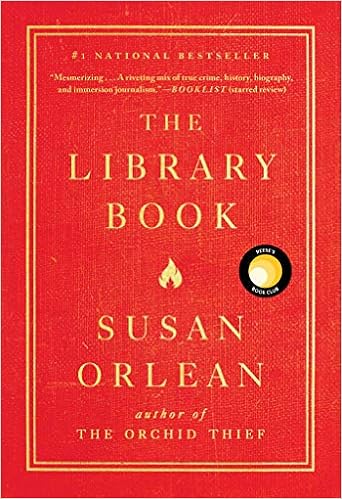 Hi, folks. I was delighted when John Corrigan invited me to submit a guest post here, and I wondered which aspect of the writing life I should address. I’ve chosen a subject that isn’t exactly pleasant, but it’s a reality for many of us.
Hi, folks. I was delighted when John Corrigan invited me to submit a guest post here, and I wondered which aspect of the writing life I should address. I’ve chosen a subject that isn’t exactly pleasant, but it’s a reality for many of us.I’m talking about starting over. I don’t mean abandoning or rewriting a story or a novel; I mean hitting the Restart button on your writing career. It may have happened to you, and it’s definitely happened to me. Twice. Here’s my cautionary tale:
I wrote my first novel, Precipice, in 1990-91, and went shopping for an agent. After 20+ rejections, I found one. He sent the manuscript around to all the big houses. There was an auction, and the highest bidder gave me a two-book deal. Precipice was published in 1994. My second novel, Valentine, was sold to the movies, and they actually made the movie! I wrote two books in a detective series for another big house, and I eventually wrote two more thrillers for a third big house. That’s six books for three big houses in six years, plus one movie.
Then, in 2000, I walked away from it all. Why? Your clue is in the three publishing houses. Every time I got momentum going somewhere, my editor either got fired or ran away to another house. Two of my novels had one editor at the beginning and a different one by the time they were published. The new editors weren’t interested in me. My books faded and fizzled. So, I stopped.
I didn’t stop writing, mind you, but I stopped publishing. I parted ways with the agent and went back to my day job as a bookseller at Murder Ink®. I wrote several manuscripts that stayed in my computer, unseen and unread, until 2008. That’s when my friend SJ Rozan asked me to join her writing group. I started reading those manuscripts aloud to a gang of fellow writers who convinced me to go out into the marketplace again.
I found a new agent, and she found me a publisher—a new, ebook-only imprint of Penguin Random House called Alibi. My first novel in fifteen years, A Penny for the Hangman, was published in 2015. I started a new series about an actress named Nora Baron who becomes a field agent for the CIA, and Alibi published three Nora Baron titles over the next three years. Of course, my acquiring editor was fired in 2017, so I ended up with a new editor who wasn’t interested in me. Sound familiar?
 Two months ago, I didn’t just lose the new editor—I lost the whole publisher! Yep, Penguin Random House did a clean sweep, firing dozens of editors (including mine) and shutting down several imprints (including Alibi). They’ll publish the fourth Nora Baron thriller, The Devil and the Deep Blue Spy, next month, but that’s the end. I’m back to square one.
Two months ago, I didn’t just lose the new editor—I lost the whole publisher! Yep, Penguin Random House did a clean sweep, firing dozens of editors (including mine) and shutting down several imprints (including Alibi). They’ll publish the fourth Nora Baron thriller, The Devil and the Deep Blue Spy, next month, but that’s the end. I’m back to square one.This time, I’m not walking away. I’ll have to write new books and find new publishers. I’ll have to start all over again, but I’ll do it—I’ve had practice. And that’s the moral of this tale: We can always start over. All we need is the need to tell our stories.
Tom Savage is the author of 12 novels and numerous short stories. He's served as a director on the national board of Mystery Writers of America and on the Best Novel committee for MWA’s Edgar awards (three times) and International Association of Crime Writers' Hammett Prize (two times). He's a founding member of MWA-NY’s Mentor Program, advising and encouraging new mystery writers. He lives in New York City, where he worked for many years at Murder Ink®, the world's first mystery bookstore. You can learn more about him at his website and his Facebook page.









